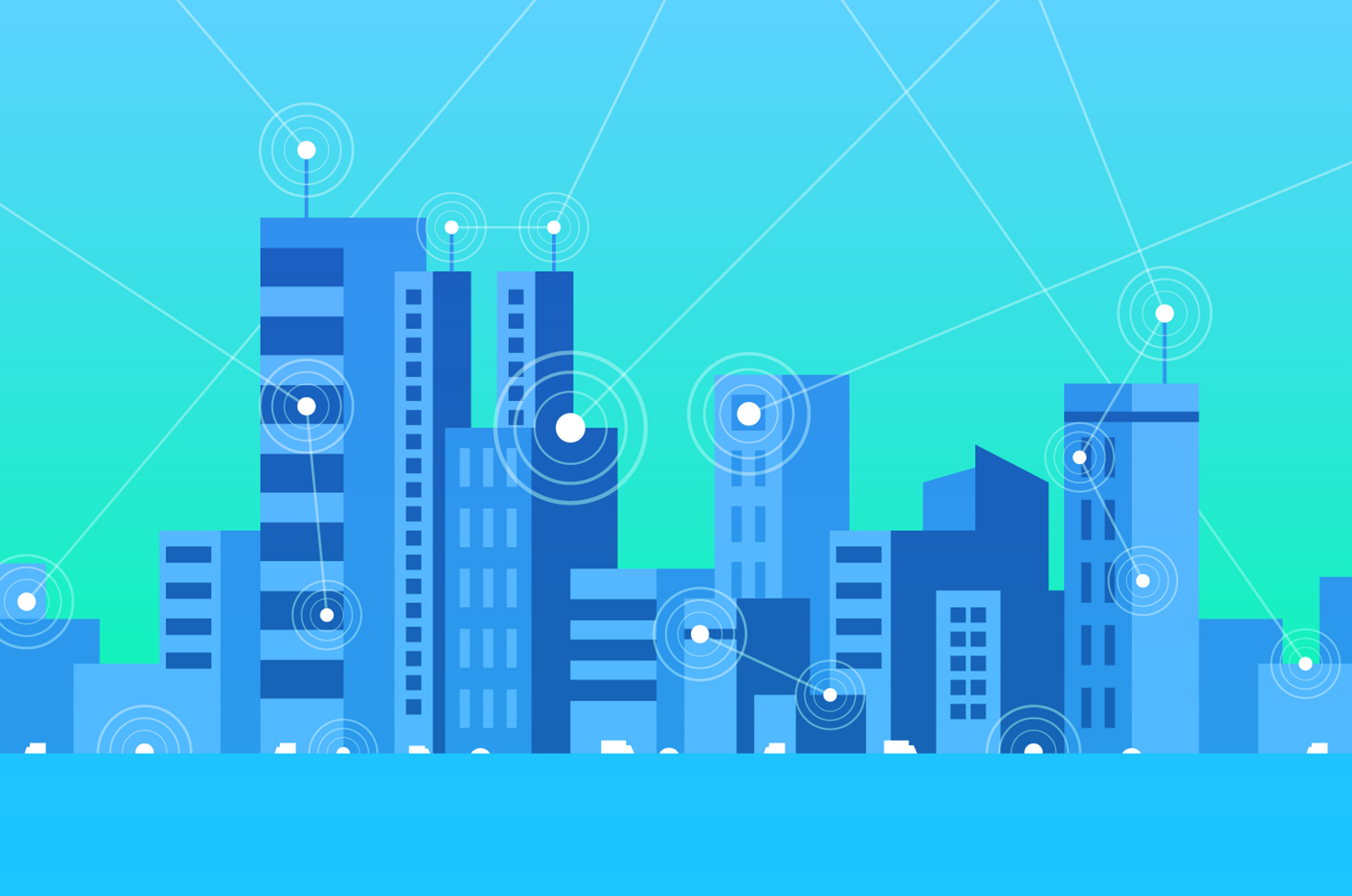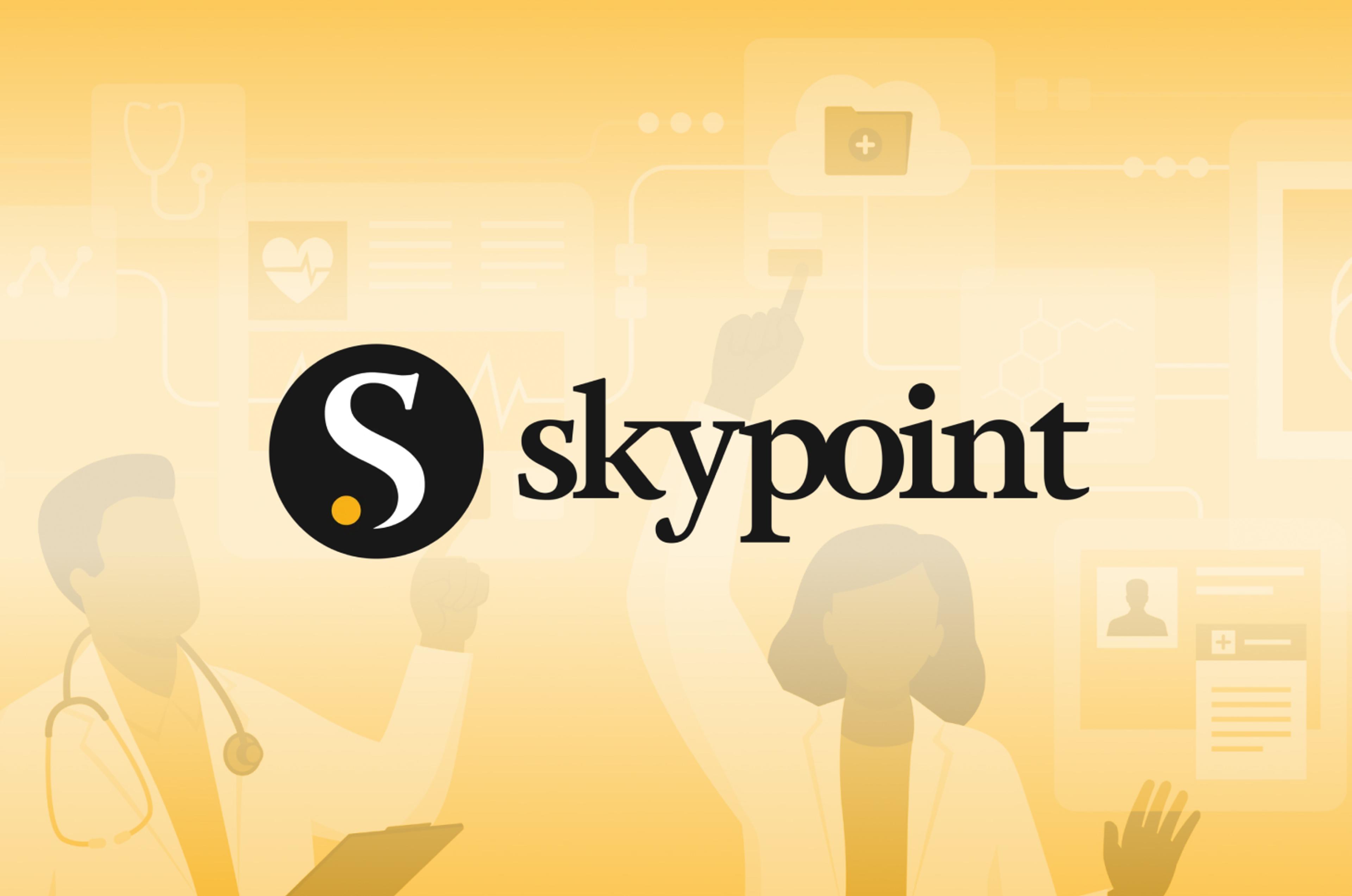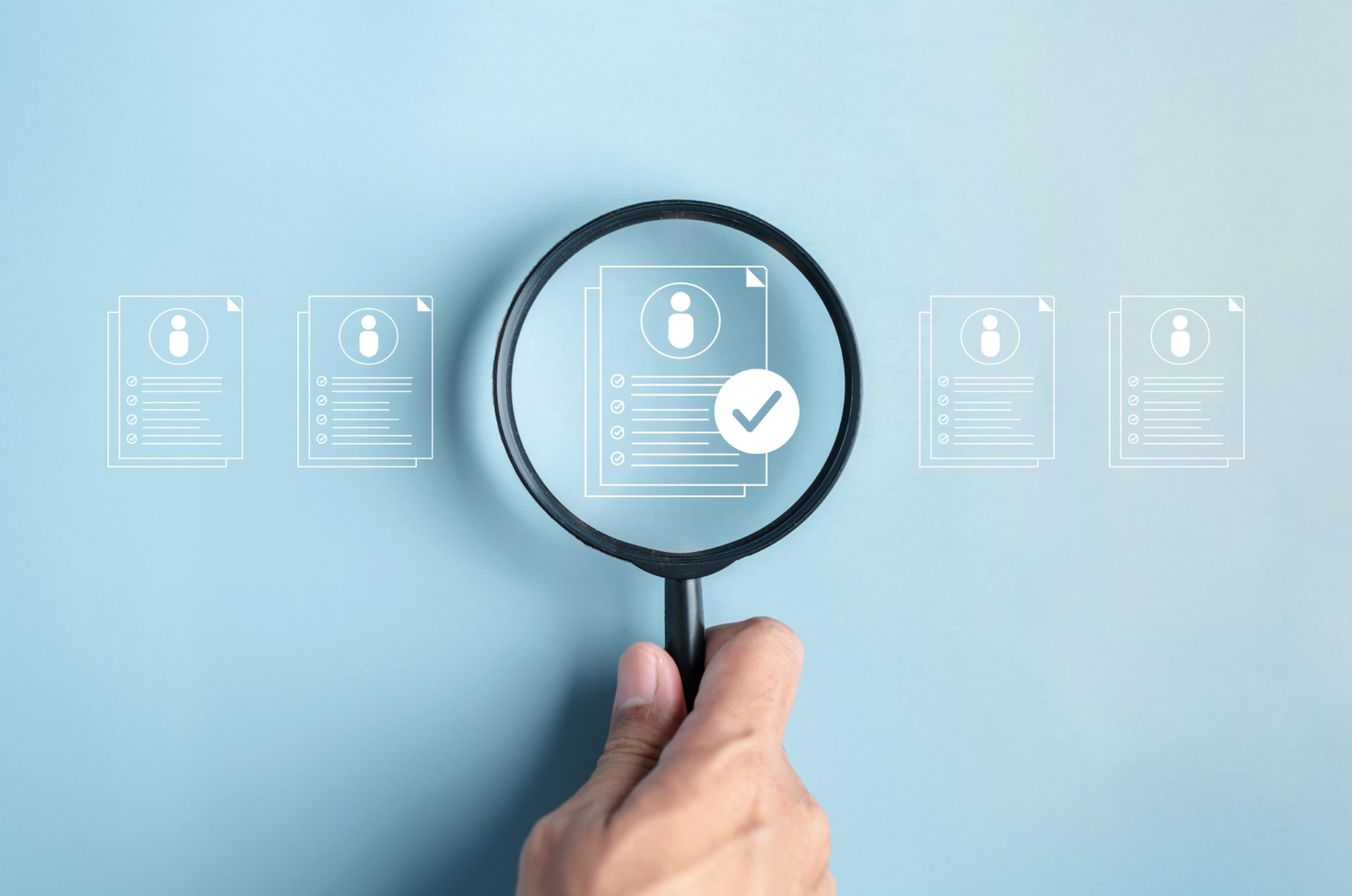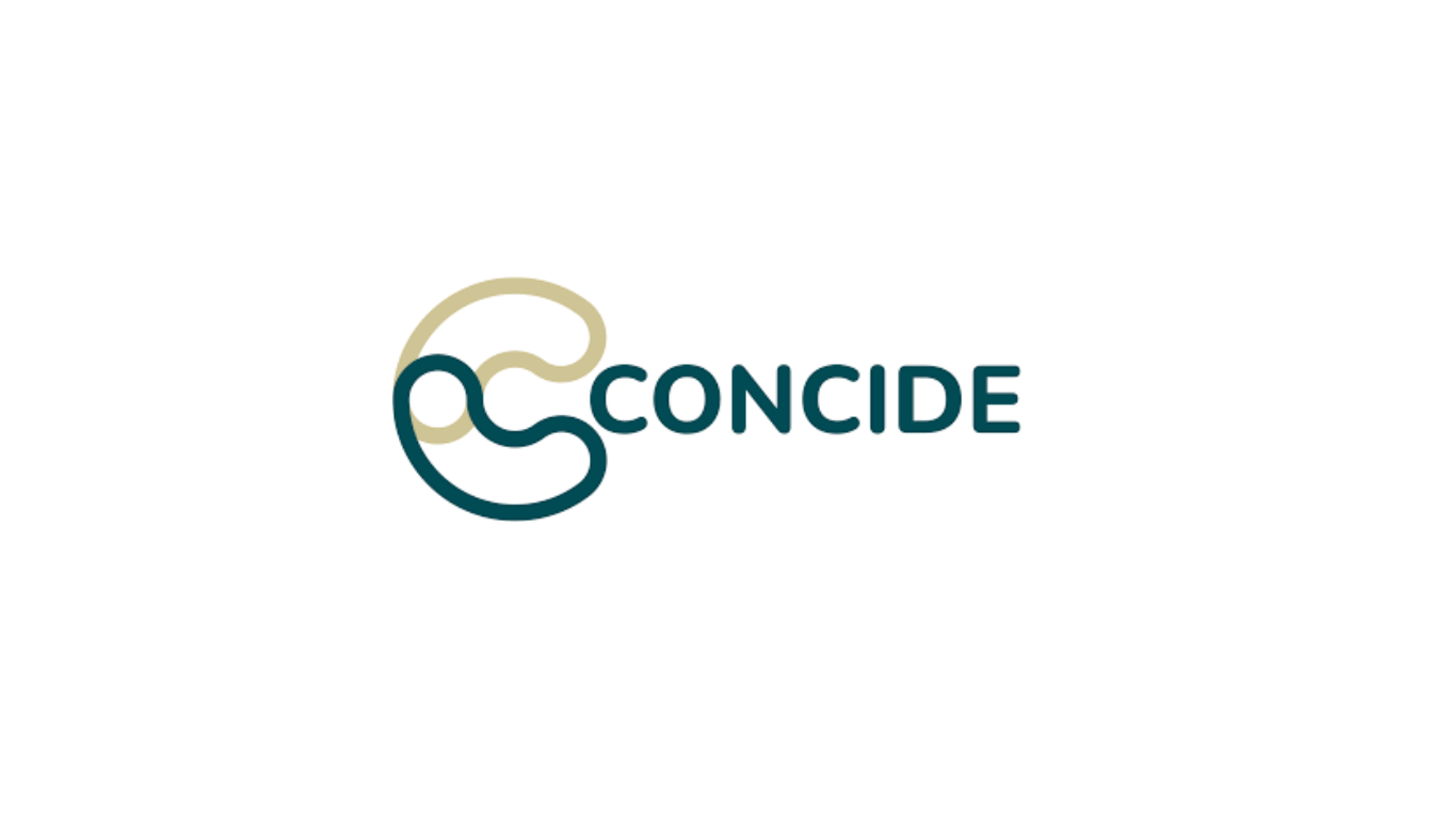Titanium Intelligent Solutions develops enterprise software solutions for heterogeneous IoT devices. These range from a wide variety of sensors and controllers related to a building’s air quality, retail store foot traffic, parking lot lighting, oxygen levels in a golf course pond, and other data. The company’s customized, unified platforms for monitoring, controlling, and applying predictive analytics help businesses in any industry improve their operations.
We recently spoke with the company’s president Ara Bederjikian and chief strategy officer Thomas Richards. They told us why Titanium was founded and described the roles that Apache Cassandra® and DataStax have played in enabling the company’s capabilities to flourish.
1. Tell us about Titanium Intelligent Solutions.
Our observation is that many companies in the IoT industry focus on building narrow-purpose devices, and then build everything around those. Their expertise is with hardware, which ends up limiting functionality because they don't spend a lot of time on networking and software. In fact, some of those firms call themselves IoT companies only because their devices have gone wireless.
We look at IoT as focused on data gathered from sensors and other devices, and then doing something intelligent with that data using software. We’re a hardware-agnostic, advisory-based solution platform. Our process is very simple. We sit down with the customer, discuss their needs, and then design optimal, economically proven solutions.
We source sensors and controllers from among a variety of manufacturers that might fit those needs. This gives us great agility compared to a typical hardware-based IoT company that relies on complex engineering processes to manufacture its devices. This also gives us flexibility to work with industrial and institutional customers across many industries.
2. Tell us about the database infrastructure underlying your platform and the challenges it helps you address.
We’re solving two major problems within the IoT world: interoperability and scalability. How do you bring all these devices together? How do you make them communicate to one another on a bi-directional basis? That is what we do. We have a universal gateway that all the diverse IoT devices communicate through. Our platform is designed to transport data from the edge device, all the way to the cloud, back and forth, and make decisions at the cloud level. This allows us to control and monitor—and act upon the data collected--in a very holistic and extremely scalable fashion.
So far our solutions aid in oversight for properties comprising 20 million square feet, both indoor and outdoor, with another 10 million on the way within the year. This involves 125,000 devices. It's a lot of data.
Particularly for a business like Titanium, where we’re connecting millions of IoT devices as we move forward, we need a scalable database. It must perform at a high level as we collect all that data and make it available in the cloud for our clients. SQL is not suitable. We can’t scale with the messy interconnectivity between SQL database tables, foreign keys, and primary keys.
Since we required a scalable database infrastructure for hundreds of millions of rows of data, we built our platform around Apache Cassandra. It’s also easy for our development team to work with.
3. Why did you start working with DataStax?
We needed to build an enterprise-grade solution, so we turned to DataStax. We've done a lot of homework and we realize DataStax is the expert in the field, as it’s used by a lot of big players in this space. We would like to deliver best-in-class quality to our customers, so that drove our decision.
We started using Astra DB about two and half years ago, after deciding a managed service would be our best option. As a result, we moved away from open source Cassandra. We had also been using InfluxDB. With Astra DB, our IT resources can focus on overall strategy instead of managing our own Cassandra database environment. Our team really appreciates the full support and expertise we receive from DataStax.
Of course security is important for everything we do. Security and reliability are very difficult things for a typical IoT company to deliver on. We couldn't support enterprise solutions for major corporations and financial institutions without careful attention to those considerations, and DataStax is definitely an important part of that equation. We're in the process of getting SOC 2 certified and then will pursue ISO certification.
4. What’s the impact of real-time data for your business and how do your apps and services leverage the unique capabilities of DataStax?
Our customers really like the real-time data capabilities we can deliver using DataStax. It’s exciting when we commission new devices at the edge and the data begins flowing immediately. As part of our intuitive user interface, we have graphs and charts to start showing customers the information right away. The customer doesn't get slowed down with needing to create visualizations.
For the AI models we develop as part of our analytical tools, these need to be dynamic AI models, not static ones. That’s where our powerful database underpinnings are crucial. With DataStax, we are able to compartmentalize the data, clean it, and get it ready for AI analytics. We prepare all the tables and then just run the AI live. Astra DB is key to powering dynamic AI capabilities for making decisions based on model outputs, then getting this information back to the edge devices so action can be taken immediately.
In short, our platform not only generates actionable insights, but it can also take action.
5. What types of solutions are you able to develop as a result and how do those differentiate you from other AI / IoT companies?
For our solutions, we make it a critical part of the process to verify the hard dollar savings for the customer, so we can tune our models to take them to the next level. This is where better control over the data delivers an advantage for our customers.
A lot of the AI companies are not IoT companies. They don't have the data. They don't intend to gather the data. They leave it up to the customer. They tell customers, “Pull data out of whatever building management system or other IoT platforms you have, feed us the data, and we'll run it through our model.”
Their model is disconnected from the customer and solely dependent on what the customer pulls together for them. It’s batched and delayed information. Whereas our data is real-time and we get it directly. The customer doesn't have to provide it, because it's part of the platform. This enables immediate responses to what the analytics show, including adjustments to controlling devices.
Our strength is "remote management" – remote monitoring and control. Titanium is excellent for customers with many locations across widespread regions. Datastax is crucial to being able to manage so many and such widely dispersed locations.
As part of our ESG dashboard, customers interested in energy management really like one of our simple screens that shows real-time data with what looks like three speed gauges with needles. One needle tells you the set point for the thermostat, the other the room temperature, and the third is the outdoor temperature.
For energy management solutions that use a virtual thermostat or light switches in our online platform, our customers can lock all the buttons. If anyone besides the facility manager touches a button, the manager gets a notification.
When COVID-19 caused businesses to close temporarily, one of our customers that has operations in nine different states was able to have their facility manager log in from home and change all the settings for 150 store locations. That's a significant savings versus trying to send out teams of people to all the stores, especially as store hours kept changing over more than two years of operations affected by the pandemic.
We also offer some very sophisticated charts. For example, we're rolling out one that features a double- and triple-Y axis. When I worked on Wall Street, I made tons of charts with a dual vertical axis and they could be quite time-consuming to create. The Titanium platform lets customers generate them in a dynamic way, with dropdown menu choices, so at will they can compare two or three completely different data types, such as room temperature and occupancy, or whatever the customer decides they want to explore next.
It’s an impressive analytics tool that shows off Titanium’s unique ability to manage and control everything from lighting control devices, thermostats, power measurement devices and more—all on one unified platform.
Read the full case study to learn more about Titanium Intelligent Solutions and why the company chose DataStax Astra DB as the database infrastructure for its innovative platform.











